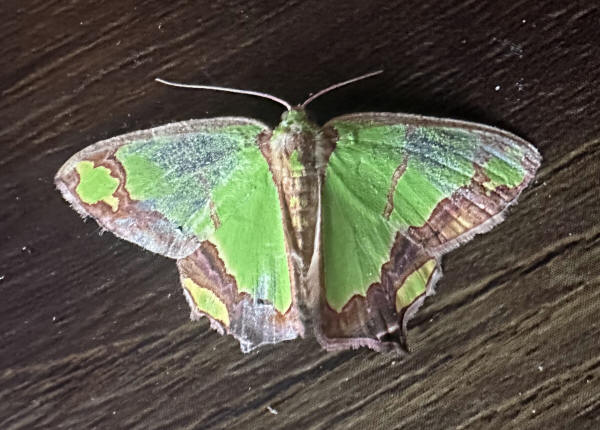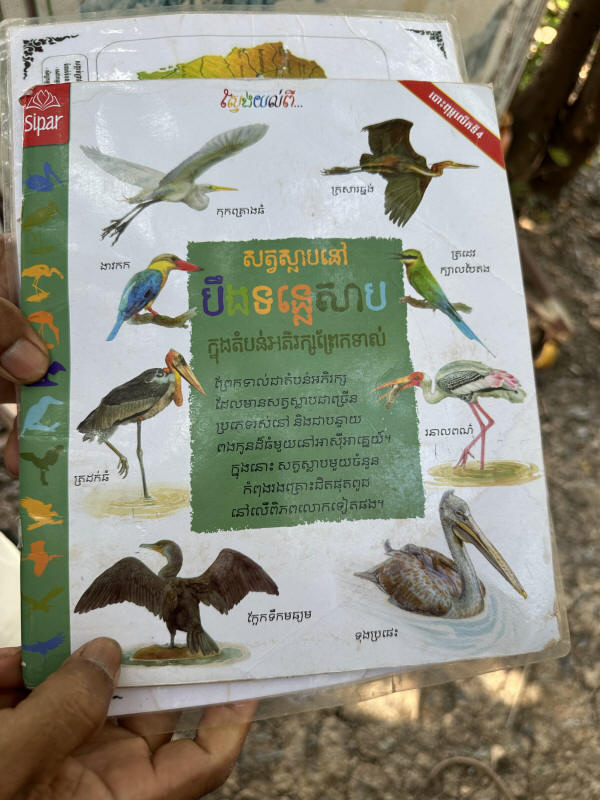We saw a lot of different animals and birds in a lot of different
locations. Since the trip wasn't focused on them, I decided to
just lump them into one section, and not worry too much about exactly
when or where we saw them.
|
 |
 |
This little bug was called a "snow spider" but in fact it's
a "plant hopper." They show up in giant clusters
and if you touch the plant they are on they jump in
random directions for several feet, like popcorn shooting out of
a open pan. Then they laboriously crawl back to the plant.
|
|
|
 |
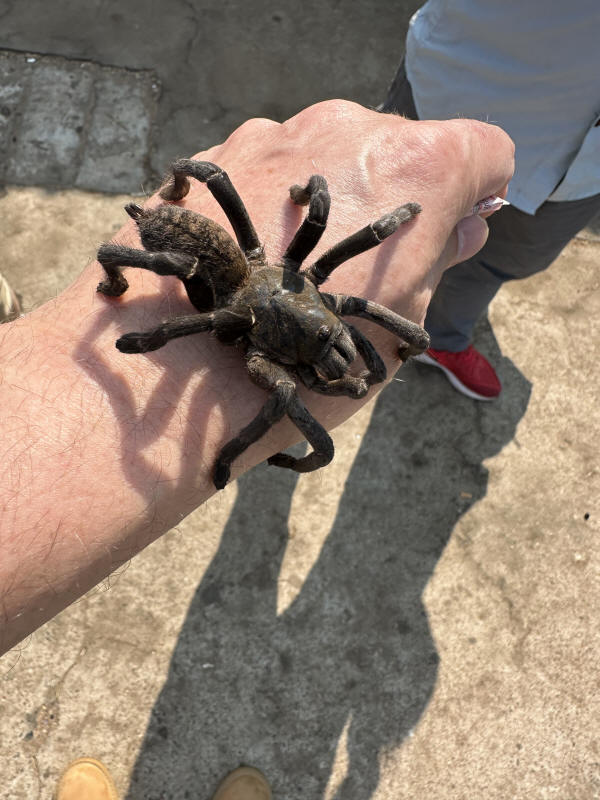 |
So this is a "sea leech" but I couldn't find the scientific
name even using Google Lens. It looks kind of parasitic on
the outside, but one of these things suddenly spouted a thick gel inside of which were what looked like intestines
and a nerve cluster of white ganglia that could obviously attach
to your spinal cord and take control of your brain. I'm
not showing that here because even now I find it a bit
disturbing. And, guess who pays per-weight-in-gold kind of
costs to acquire them for eating (or creating zombies)?
China.
|
Your friendly neighborhood tarantula. Also know as
"livestock" since the Cambodians eat them. This was a
kid's pet, or maybe "show animal" because he would run around
and let it crawl on you. He was making out like a bandit
in tips. |
|
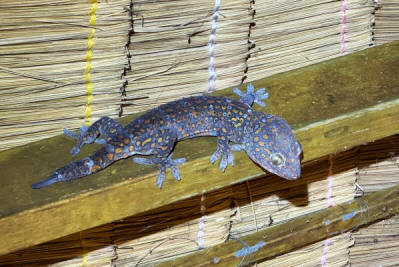 |
 |
 |
Geckos were everywhere in Cambodia, in two different types, the
Common Gecko (the small one) and the Tokay Gecko (the large
ones). The small one sounds like it's using a bullhorn and cries "gecko, gecko, gecko" at night (fortunately
for our sleep infrequently) The Tokay Geckos change color
(orange and green dominating) and can be a foot long. We saw some out in the wild, but
they seem to love buildings, or more specifically, bug-attracting
light fixtures.
|
|
|
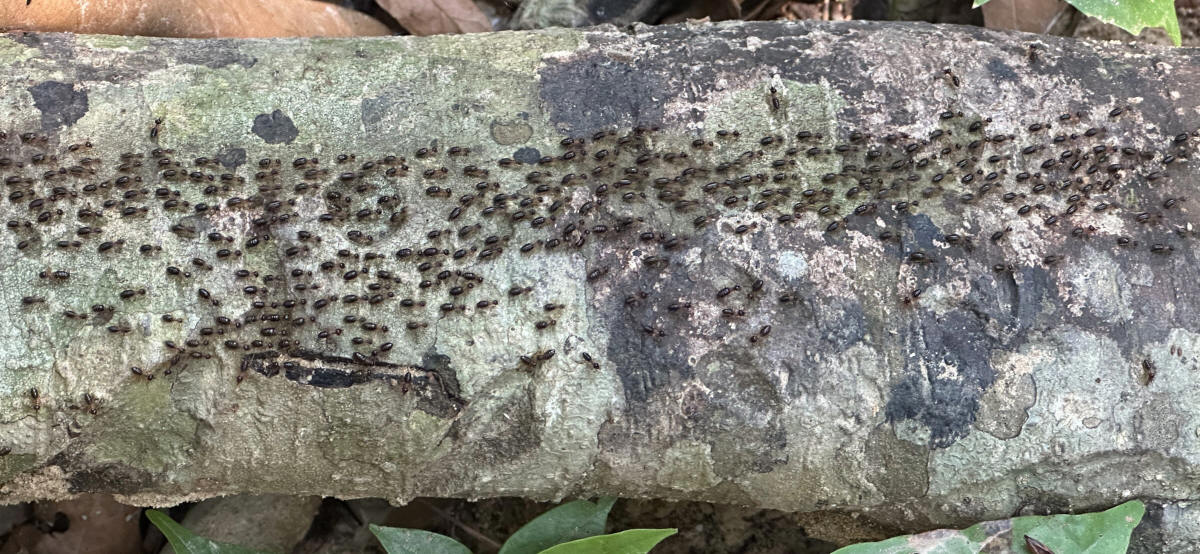 |
Termites. We saw these a few times, giant streams of them,
giant termite mounds, using branches and ropes as termite highways.
The guides warned us not to interrupt them as they bite and are
apparently rather vengeful.
|
|
|
Asian Water Dragon (sometimes call the Chinese Water Dragon).
Looks a bit like an iguana, but they are a different species. We saw
these during our night safari along the Preak Tachan river. Male
on the left, female on the right.
|
|
|
Long Tailed Macaques in the trees at night along the Preak Tachan
river, and Northern pig-tailed Macaques along the road to Bokor Mountain.
We saw them in other places as well. Not as aggressive as the
baboons we saw in Africa, but not really afraid of humans either.
Below, a large variety of moths and butterflies, some huge.
One attached himself to my boot for over two hours. |
|
|
And a few other insects; dragonflies, the Giant Golden
Orb-weaver (which was really giant; bigger than my hand), the
Long-horned Orb Weaver (I think you can guess which one that is), a
walking stick, a venomous Vespa wasp, and a Pyrrhocoridae (which
literally means "unidentified bug with red spots").
|
|
|
More birds; the only shot of a great hornbill I managed to take,
Grey-faced
Buzzard, Beekeeper, Blue-eared Barbet , Oriole, Pink necked green
pigeon, and a Green Heron.
|
 |
|
|
Many-striped Skink and a Pit Viper ... we almost stepped on the
pit viper while we were walking along the trail. The Cardamom Tent
Camp had one in an aquarium, "Bob 4." The switch them out when
they get larger.
|
|
|
Cattle Egret with Water Buffalo |
 |
|
|
| And this kind of crappy looking shot of what looks like lots
of little glowing eyes in a dark bush, but is really the best I
could do taking a night shot of Cambodia Fireflies, which TURN
OFF AND ON SYNCHRNOUSLY. It was really something to see.
|
 |
And finally we have the Pearaing Biodiversity Center. It's a
man-made lake (a Khmer Empire man made lake) that is now controlled with
dams to maintain a breeding ground for a large number of water fowl.
It was large, but now during the dry season vary shallow. We
couldn't get to major portions of it even with a relatively shallow
draft boat (as it was, we stuck on sand bars quite a few times), so
there were a few types of birds we didn't get a chance to see.
During the rainy season the water level rises twelve feet. All in
all it was still a fantastic spot to see large numbers of water birds. |

|
|
|
  |
 |
|
|
 |
|
|
|
|
|
|










